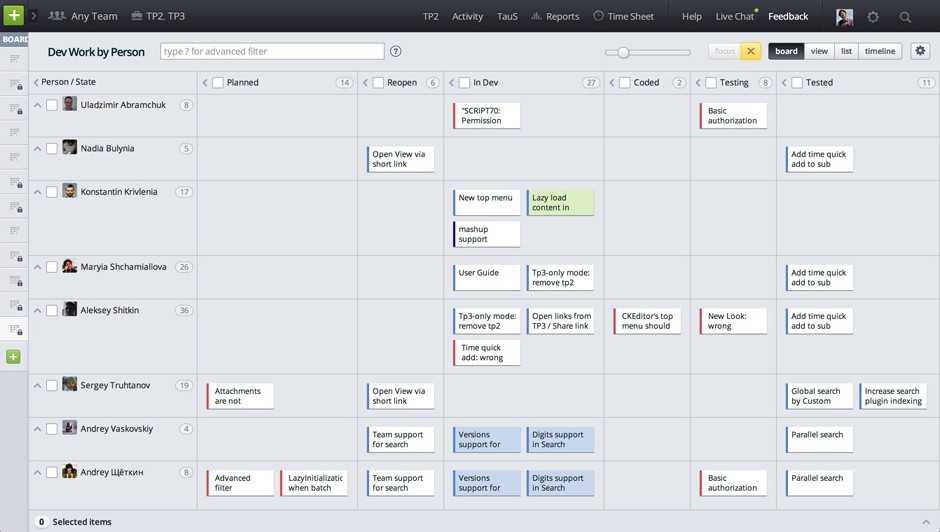MUNI and Clipper’s Broken System
On Friday night I got a ticket from MUNI here in San Francisco for not having a boarding pass. But their system is wrong and flawed. Here is how it went down.
I ended up boarding MUNI to come home on Friday after a summer BBQ with my company over in Mission Bay. So around 8:00p I ended up boarding around 4th and Kind near the AT&T ballpark. Not paying attention, I forgot to tag my Clipper which I tend to do a lot of times because the way it works is if you tag it before you get off you’re fine.
So as I’m coming around towards Powell station I’m getting off and I remember didn’t tap the Clipper system so I tapped it but I was greeted with the double beep which means ‘no go’; something was wrong with my card. You got to remember when you get on the outside trains you have to tap your card inside the train so it won’t prevent you from getting on w/a bad card until you tap and find out.
I thought, oh damn, okay well I’m not sure what’s going on because the money is automatically taken out of my bank as the balance gets low.
As soon as I step out, there’s an army of MUNI officers sitting right there. Sure enough, I get pulled aside.
So I explained to the officer that I have money on my Clipper, that I tapped it before I got off but it should of went through so what was I supposed to do?
He didn’t care.
But here’s where it gets more stupid. When he tapped my Clipper card on his mobile device the card actually comes up with $45.00 dollars on it. But it’s marked as ‘blocked’. Then it hit me; I switched my direct deposit account a while back and I’m closing my other bank so the last time Clipper went to pull funds to add to the card it got denied.
So even if you have money in your account, that you paid, if Clipper can’t charge you again they will hold your money ransom. Yup. Until you put another valid card with funds on there. What’s worse is that they are only supposed to charge $50 increments when the funds get low. This is stupid.
So anyway, the officer sees I have funds on the card. Sees I tried tapping it but didn’t care. Still gave me a $109.00 ticket and told me to go fight it.
I don’t see how this is even fair yet legal. How in the hell was I supposed to know that my card wasn’t working in the 5 minutes it took me to get from one stop to the next? Sure, if I would of tapped right when I got on and found out I could of got off the next stop. But if there were officers there the same thing could of happened.
And to top it off, to unblock my card it takes about a week for the new card on file to update in their system. What a backwards joke of a system.
I will be fighting this and I hope there’s others out there who run into this who do the same.
Oh yeah, the next morning when I went to go get lunch I saw that same officer doing the same thing for bus riders. Our death match of a stare down was interesting you could say.

